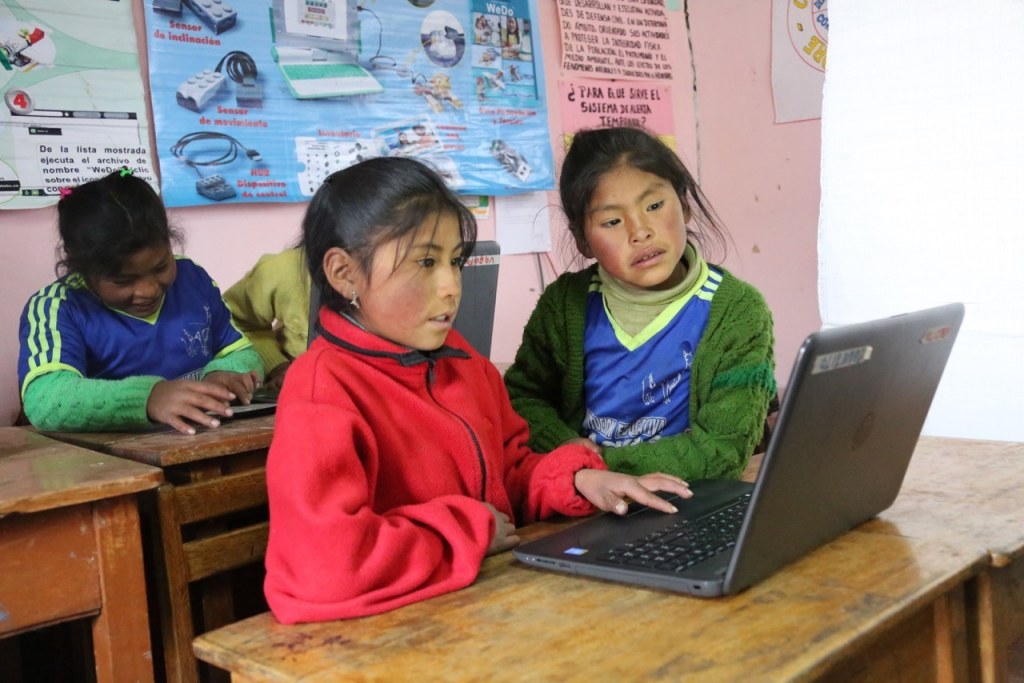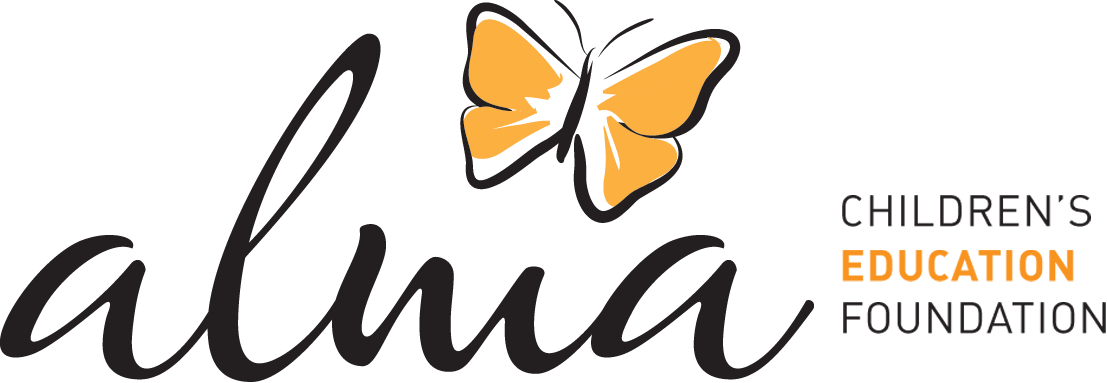
During the COVID-19 pandemic, the Ministry of Education in Peru is working hard to make sure the 2020 school year is not lost. It created a distance-learning platform called “yo aprendo en casa” (I learn at home) which broadcasts daily lesson plans for all grade levels through television, internet, and radio. In addition, the national curriculum was streamlined to focus in on a shorter list of academic competencies and scopes than what would be expected in a regular school year. Nevertheless, there are serious obstacles in the jump from theory to practice.
Apart from the difficulty of communicating lesson plans to students and parents in communities outside of internet or cell phone service, teachers are having difficulty creating lesson plans that connect topics covered on “yo aprendo en casa” broadcasts, students’ local realities, and the required academic competencies in a language that can be understood and implemented by parents with little formal education.
Therefore, Alma created a distance-learning proposal that minimizes the need for consistent, communication between teachers and families by using simple, repeatable but adaptable activities; eliminates the conflict of priorities between time spent on chores that keep the family fed, clothed, and housed and time spent on homework by basing the repeatable activities in the chores; and clearly links the repeatable activities based in household chores with the required academic competencies and focus areas.
Two weeks ago primary school students were asked in “yo aprendo en casa” to discuss conflict resolution and emotional wellbeing with their parents. Alma has worked for years with psychologists in rural communities on topics such as these, and it is a difficult conversation for professionals to have. Students and remote teachers stood little chance. Most of the lesson plans I saw were lists of questions with space to record the answers, of which there were few and none directly on topic. Within Alma’s proposal for distance learning, there is a strategy called “Bringing joy to my family” in which students are asked to draw a picture that will make their family members happy and explain each aspect of the picture and why it would bring happiness to different family members when everyone is together during a meal. Drawing and explaining a picture is simple to explain, simple to understand, repeatable, adaptable, can be implemented during other daily activities (in this case, dinner), and touches the same academic competencies and focus areas required from “yo aprendo en casa”.
During last week’s “yo aprendo en casa”, preschool students were asked to consider different aspects of a community. Again, most lesson plans required that children sit down and talk to their parents about what makes a community. This is an abstract conversation for children at an age where they are concrete thinkers, and with parents who generally don’t have the pedagogic skills to guide an abstract thought process in concrete context. In this case, Alma was able to support teachers by using the strategy “Build your ideal community”. Students take whatever natural materials that are in reach (sticks, stones, mud, plants, etc.) and build a mini-community. Then they explain why they decided to include each part and its importance either through written text or oral explanation. Again, the activity is simple to explain, simple to understand, repeatable, adaptable, can be implemented during other daily activities (out in the agricultural fields, while taking animals to pasture, while parents wash clothes or cook, etc.), and touches the same academic competencies and focus areas required from “yo aprendo en casa”.
This week, primary school students are asked to discuss challenges and instances of people overcoming them. However, where this information is supposed to come from is left up to the teacher, and most opted for from the parents. Again, the intricacies of linking overcoming challenges with abstract concepts such as resilience and perseverance in the context of academic competencies like implementing scientific method, designing solutions to real world problems, and writing in diverse text formats is difficult to communicate virtually to parents with little formal education. Therefore, teachers working with Alma used an activity called “Move it”, where students are challenged to move a heavy object and then explain in writing, step-by-step, how they did and at what points they had to change their strategy and why. Again, the activity is simple to explain, simple to understand, repeatable, adaptable, can be implemented during other daily activities (out in the agricultural fields, while taking animals to pasture, while parents wash clothes or cook, etc.), and touches the same academic competencies and focus areas required from “yo aprendo en casa”.
